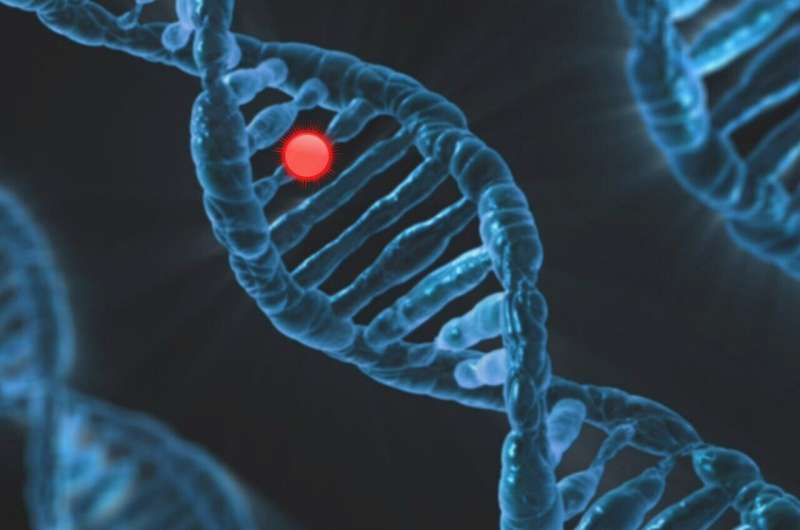The findings could serve as the basis for detecting disease-associated variants in a range of common diseases. The findings were published online by the American Journal of Human Genetics in a paper titled “Characterization of non-coding variants associated with transcription factor binding through ATAC-seq-defined footprint QTLs in liver.”
While certain sections of the human genome code for proteins to carry out a variety of essential biological functions, more than 98% of the genome does not code for proteins. However, disease-associated variants can also be found in these noncoding regions of the genome, which often control when proteins are made or “expressed.”
Since this “regulato

